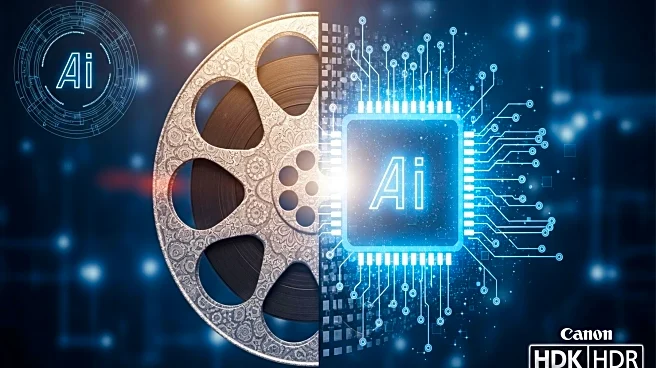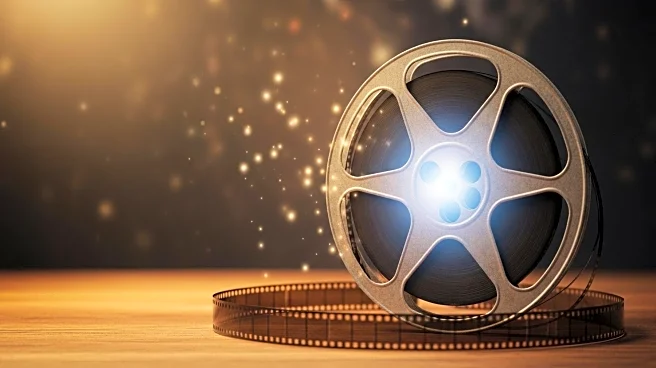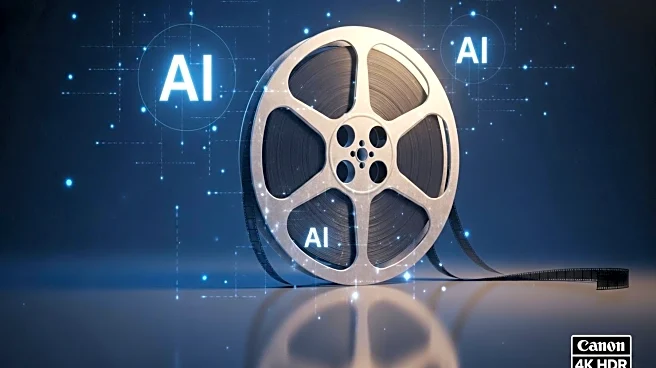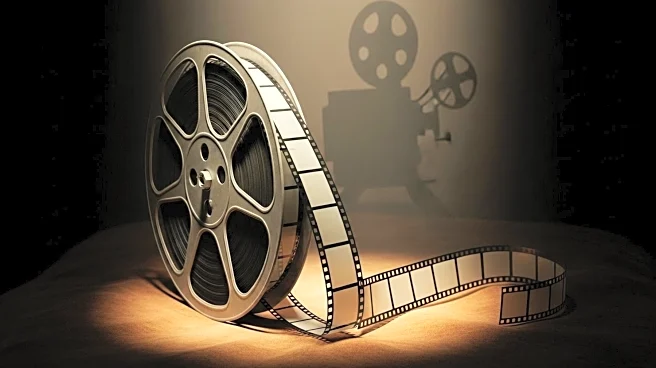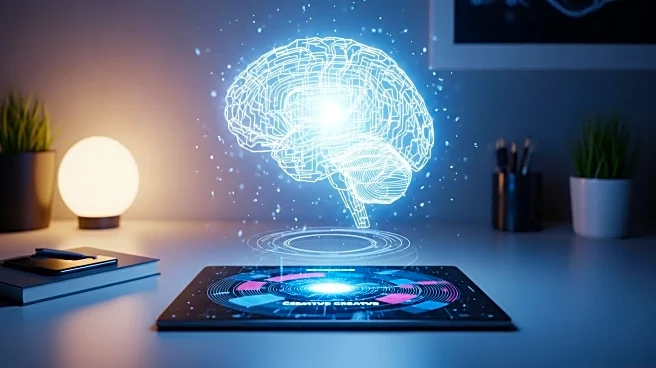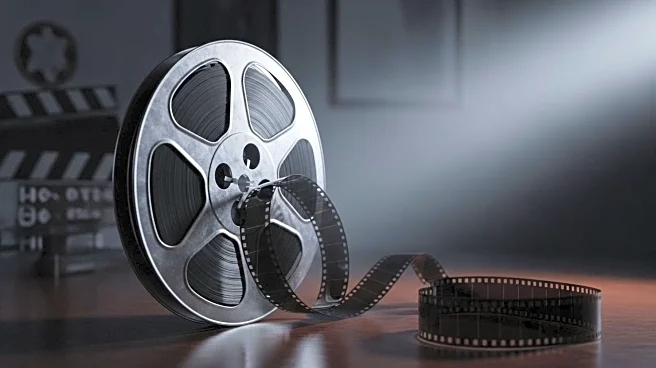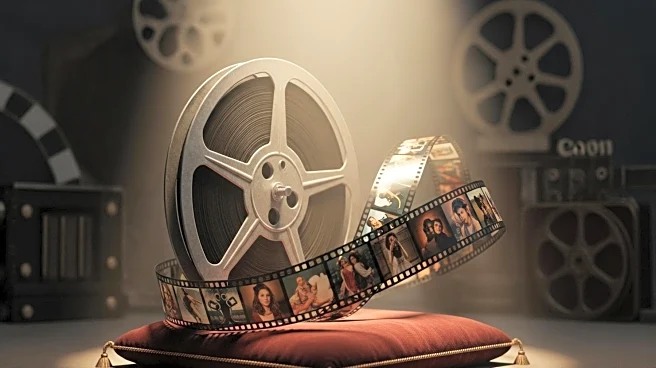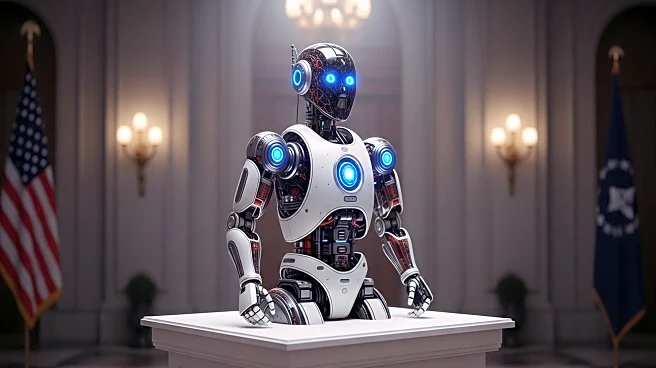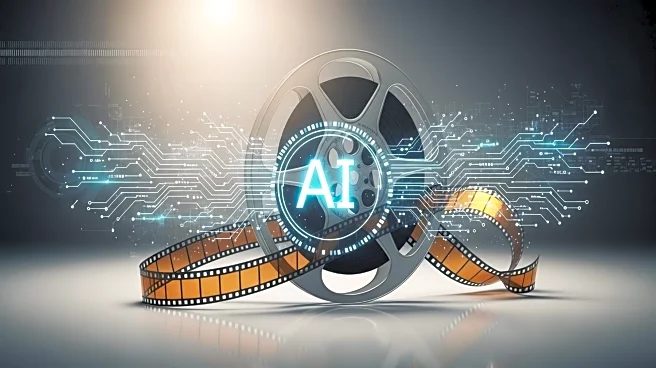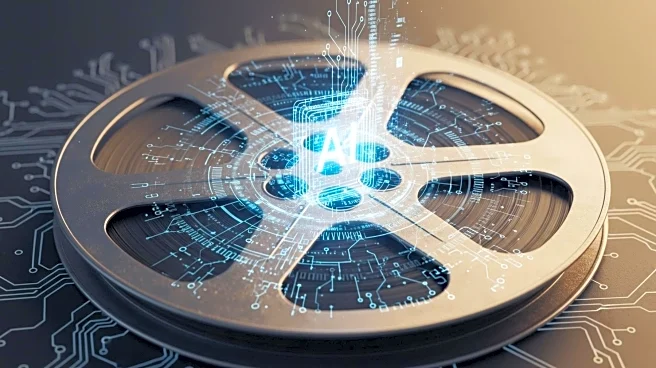What's Happening?
An Amazon-backed AI firm, Showrunner, is working to recreate the lost 43 minutes of footage from Orson Welles' 1942 film, The Magnificent Ambersons. The footage was originally destroyed by studio executives. Showrunner plans to use a combination of generative artificial intelligence and traditional film techniques, including shooting new sequences with live actors and employing AI tools for face and pose transfer to maintain the likeness of the original actors. The project will utilize archived set photos to reconstruct the scenes. Despite the technological advancements, the Welles estate has expressed disapproval, emphasizing that while they support AI for voiceover work, this project lacks the creative genius of Welles.
Why It's Important?
This endeavor highlights the growing role of AI in the film industry, particularly in restoring and preserving cinematic history. While it offers a chance to experience lost art, it raises questions about the authenticity and creative integrity of AI-generated content. The project underscores the tension between technological innovation and artistic preservation, as AI's ability to replicate human creativity remains limited. The Welles estate's reaction also points to broader ethical considerations regarding the use of AI in art, especially when it involves posthumous works of renowned creators.
What's Next?
The project is not intended for commercialization due to rights issues, but it may set a precedent for future AI-driven restoration projects. The film community and Welles enthusiasts may react with interest or skepticism, depending on the project's fidelity to the original vision. The outcome could influence how AI is perceived in creative industries, potentially leading to more collaborations or stricter regulations on AI's role in art restoration.
Beyond the Headlines
The use of AI in this context raises questions about the future of creative industries and the potential for AI to alter the landscape of film restoration. It challenges the notion of originality and the value of human creativity, prompting discussions on the ethical use of technology in preserving cultural heritage.
